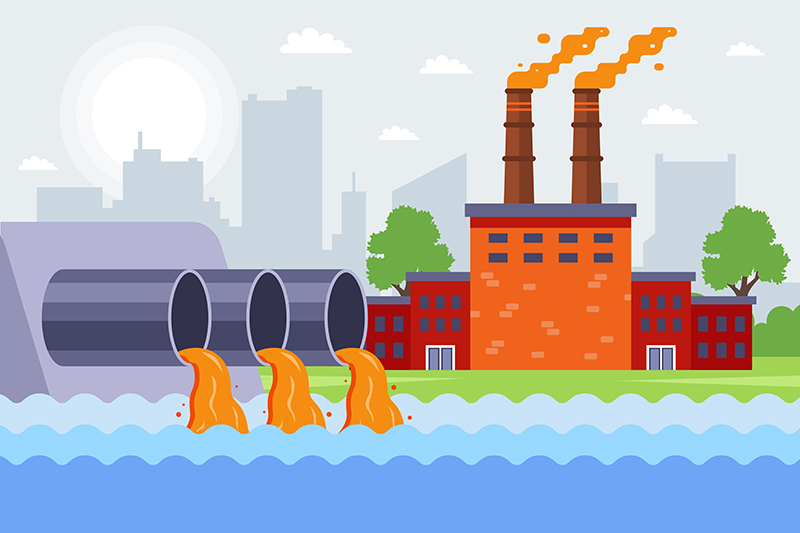coagulants and flocculants in water treatment
Coagulants and Flocculants in Water Treatment
Water treatment is a vital process that ensures the availability of clean and safe water for human consumption and industrial use. Among the various techniques employed in this process, the use of coagulants and flocculants plays a significant role in enhancing the removal of impurities and contaminants from water sources.
Coagulants are chemical substances that help to destabilize colloidal particles in water. When water contains suspended particles, such as dirt, silt, and microorganisms, these particles tend to remain dispersed due to their negative charges, preventing them from clumping together. Coagulants, typically metal salts like aluminum sulfate (alum) or ferric chloride, work by neutralizing the charges on these particles. Once their charge is neutralized, the particles can easily come together to form larger aggregates, or flocs. This initial stage is crucial for effective water treatment.
Flocculation, on the other hand, is the process that follows coagulation. After coagulation, flocculants are added to promote the agglomeration of the destabilized particles into larger, settleable flocs. Flocculants are high molecular weight polymers that facilitate the formation of these larger clumps by providing a scaffold for smaller particles to adhere to each other. Common flocculants include polyacrylamide and natural organic polymers. This step enhances the sedimentation of the flocs during the clarification process, which helps in reducing the turbidity of water.
coagulants and flocculants in water treatment

The combination of coagulants and flocculants significantly increases the efficiency of particle removal from water. This synergy is particularly important in treating surface waters, such as rivers and lakes, where the level of suspended solids can vary widely due to environmental conditions. By optimizing the dosage and timing of these agents, water treatment facilities can achieve higher quality water that meets health and safety standards.
Moreover, the use of coagulants and flocculants can also contribute to the reduction of chemical additives in the final water product. By maximizing the removal of impurities at the early stages of treatment, the need for additional disinfection processes can be minimized, ultimately leading to lower operational costs and reduced environmental impact.
In conclusion, coagulants and flocculants are essential components in the water treatment process. Their effective use not only enhances the removal of colloidal particles but also improves the overall quality of treated water. As water scarcity and quality issues continue to rise globally, optimizing the use of these agents in water treatment processes is imperative for sustainable and safe water supply management.
-
Understanding Polycarboxylic Acids: Properties, Applications, and Future PotentialNewsJul.28,2025
-
Scale Inhibitor Explained: How to Protect Your System from Limescale and Hard Water DamageNewsJul.28,2025
-
Scale and Corrosion Inhibitors: Essential Chemicals for Industrial Water System ProtectionNewsJul.28,2025
-
Polyaspartic Acid: A Biodegradable Polymer for Sustainable ChemistryNewsJul.28,2025
-
Isothiazolinones: A Versatile Antimicrobial Class with Industrial Power and Regulatory ChallengesNewsJul.28,2025
-
A Deep Dive into 2-Phosphonobutane-1,2,4-Tricarboxylic Acid (PBTC)NewsJul.28,2025





